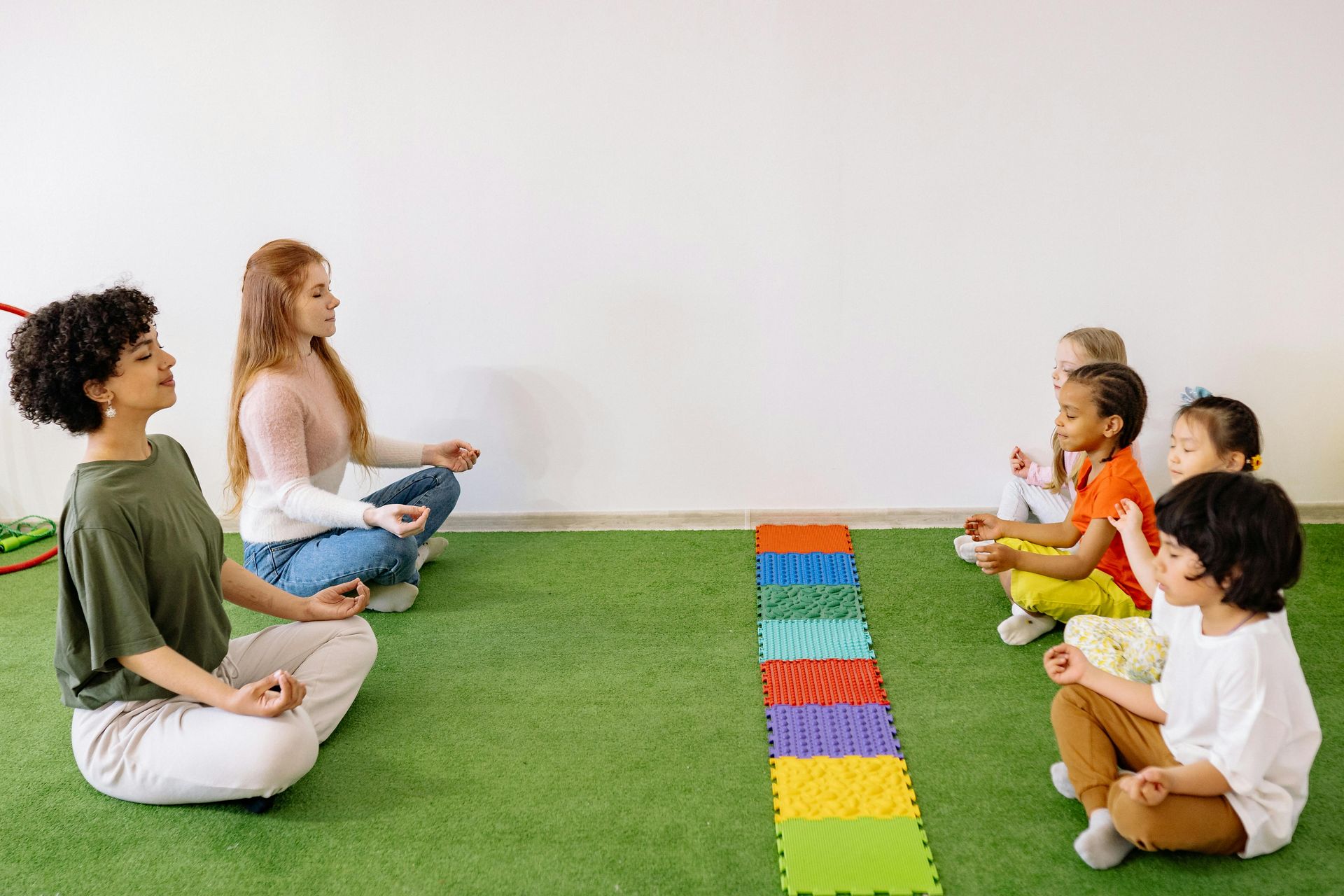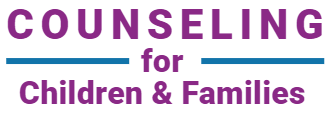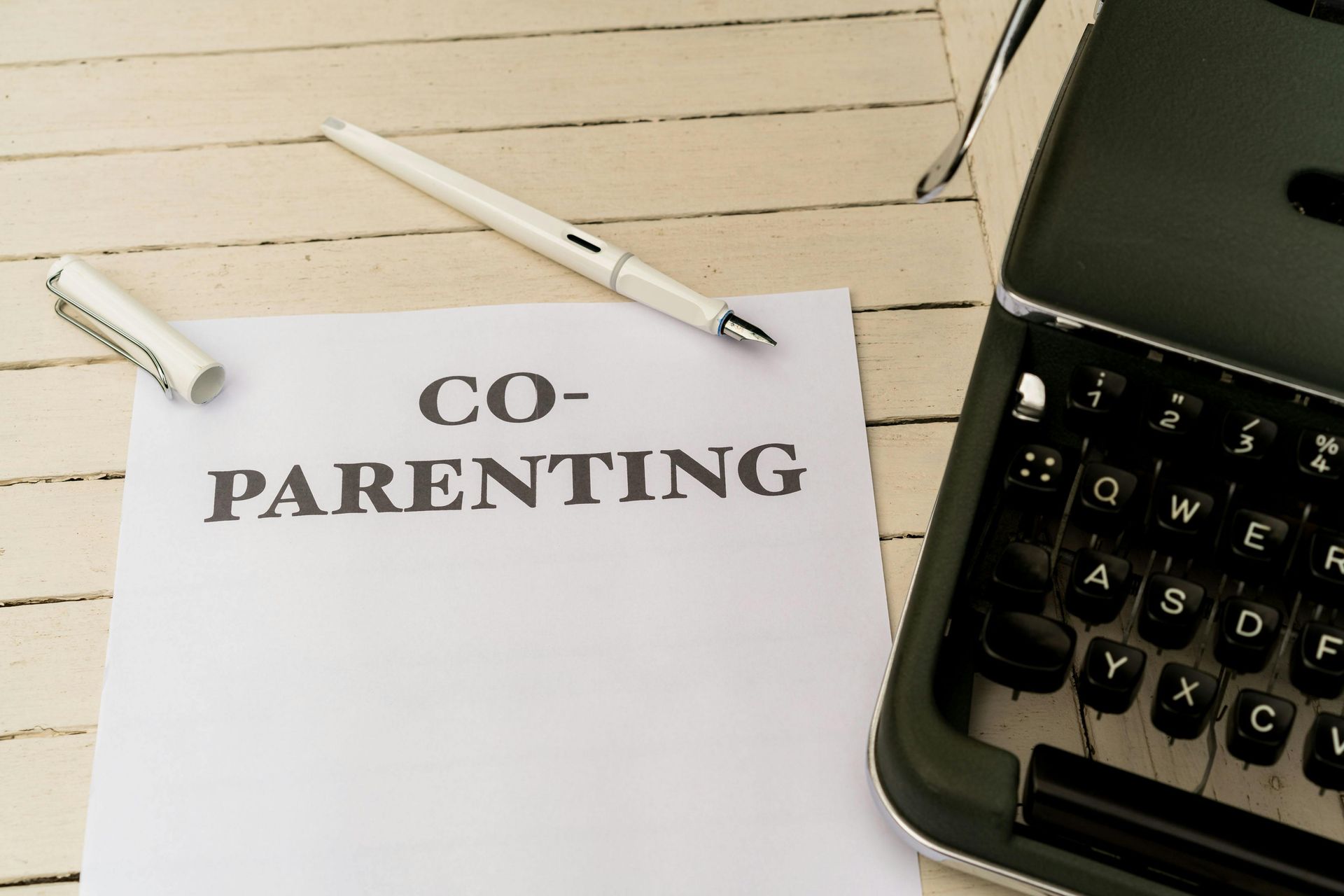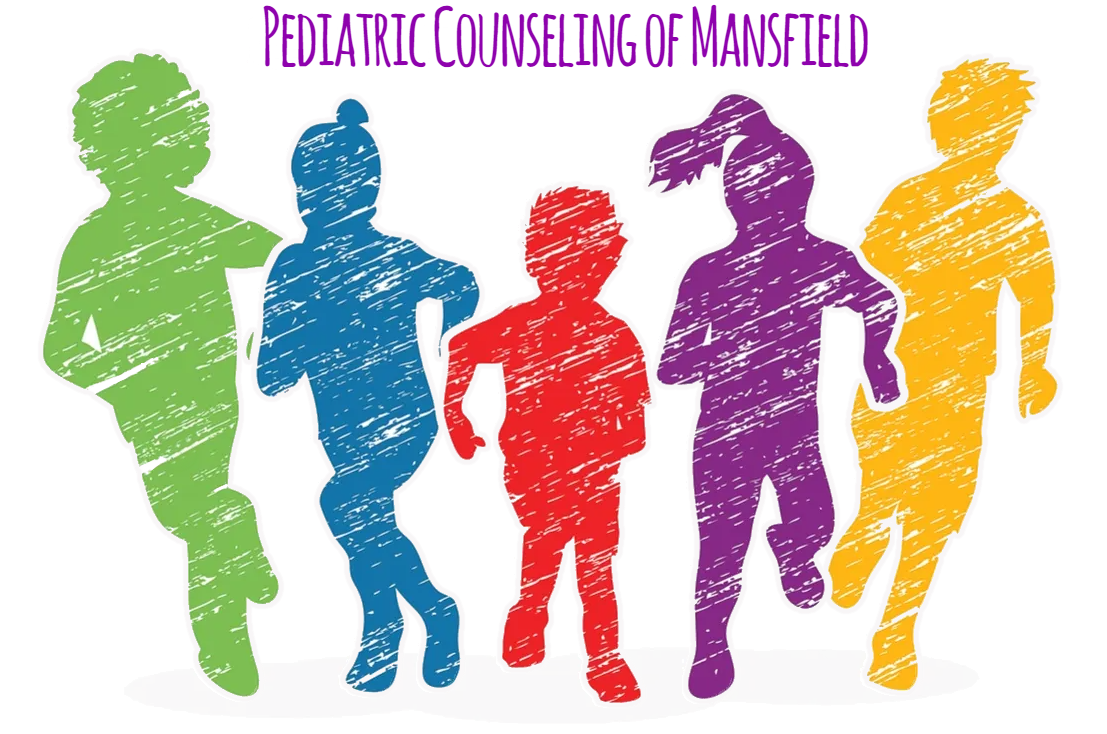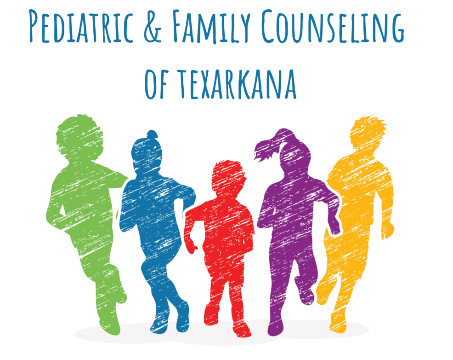The Counselor's Compass: Understanding Why Advice Isn't Always The Answer

Seeking guidance from a counselor can be a transformative and empowering experience. However, if you've ever wondered why counselors often refrain from giving direct advice, you're not alone. In this blog post, we'll delve into the rationale behind counselors' approaches, exploring the therapeutic principles that guide their practices and why the absence of advice-giving can be a valuable aspect of the counseling process.
Fostering Empowerment
One of the primary reasons counselors avoid offering direct advice is rooted in the therapeutic principle of empowerment. Counselors aim to help individuals develop their own insights, skills, and solutions to the challenges they face. By encouraging clients to explore their thoughts and feelings, counselors empower them to make informed decisions, fostering a sense of autonomy and self-efficacy.
Personalized Exploration
Every individual's experiences, values, and perspectives are unique. Rather than imposing a one-size-fits-all solution, counselors recognize the importance of tailoring guidance to each client's specific situation. Through open-ended questions and active listening, counselors facilitate a personalized exploration of thoughts and emotions, allowing clients to uncover their own answers and strategies.
Respecting Autonomy
Counselors deeply respect the autonomy of their clients. Providing advice can inadvertently convey a sense of authority and control, potentially undermining the client's ability to make decisions independently. By refraining from offering explicit advice, counselors create a space where clients feel heard, respected, and free to explore their own paths without external pressure.
Encouraging Self-Reflection
The counseling process is, in many ways, a journey of self-discovery. Counselors prioritize creating an environment that encourages self-reflection, enabling clients to gain deeper insights into their thoughts, behaviors, and emotions. The absence of direct advice prompts clients to explore their own beliefs, values, and motivations, fostering a greater understanding of themselves and their circumstances.
Addressing Complexity
Life is complex, and issues rarely have straightforward solutions. Counselors understand the multifaceted nature of human experiences and the intricate interplay of various factors. Instead of offering quick fixes, they guide clients through a process of understanding the complexity of their challenges. This nuanced exploration allows for more comprehensive and sustainable solutions to emerge.
While it might be tempting to seek straightforward answers and quick solutions, the beauty of counseling lies in its commitment to a process that values self-discovery, empowerment, and personalized growth. By refraining from offering direct advice, counselors create a space where individuals can navigate their challenges, develop their own insights, and emerge with a deeper understanding of themselves. It is through this collaborative exploration that lasting transformation and personal growth are cultivated, making the counseling journey a powerful and unique experience.
